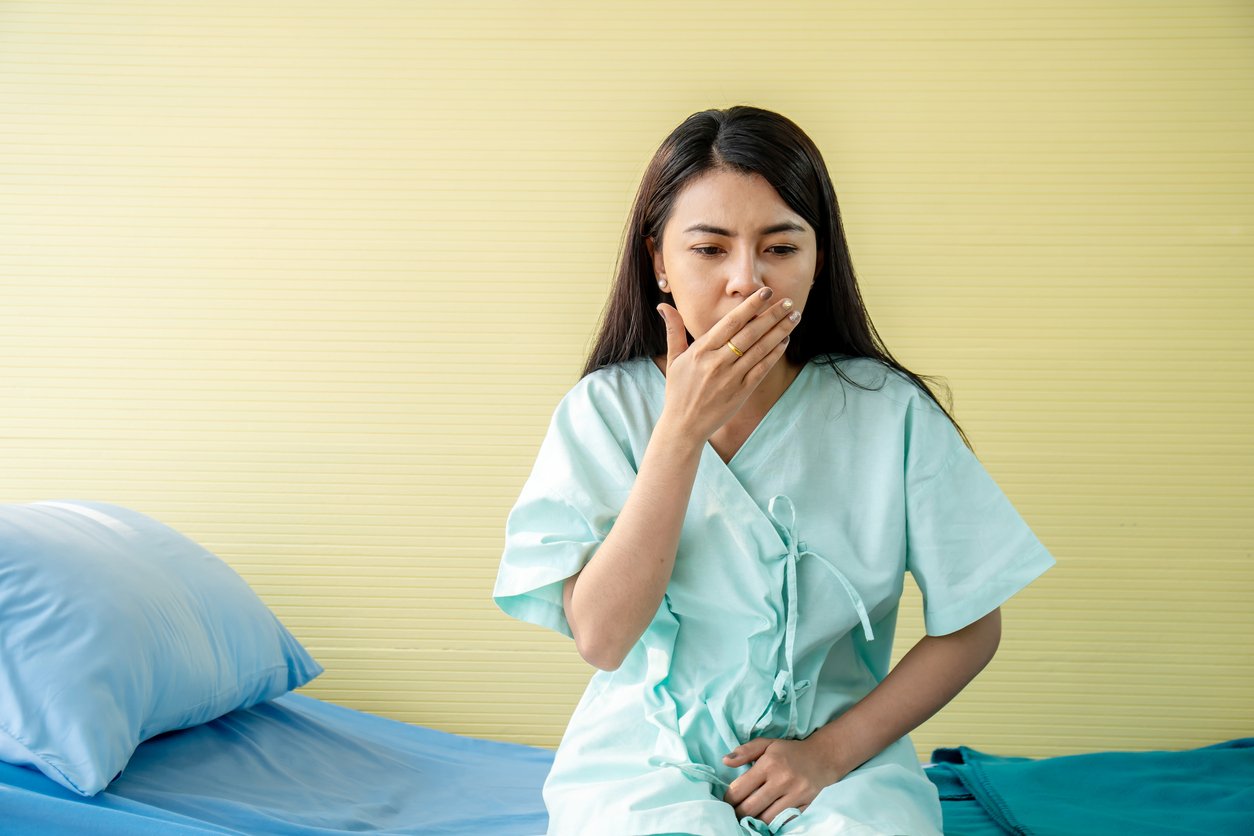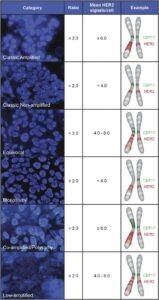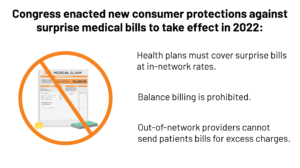Nausea and Vomiting After Surgery

Understanding Nausea and Vomiting After Surgery
Introduction: Exploring Postoperative Nausea and Vomiting (PONV)
Nausea and vomiting after surgery are common experiences, primarily triggered by anesthesia. However, these symptoms can also result from factors such as dehydration, a history of motion sickness, or taking medications on an empty stomach. Postoperative nausea and vomiting (PONV) affect around 30% of surgical patients and can lead to complications like dehydration, incisional pain, esophageal rupture, and wound dehiscence. Recognizing the causes, symptoms, and treatment options is key to managing this often temporary but uncomfortable postoperative issue.
Defining Postoperative Nausea and Vomiting (PONV)
PONV refers to the nausea and vomiting that typically occur shortly after surgery, often due to the effects of anesthesia. This condition can arise within 24 hours of surgery, with approximately 40% of patients experiencing nausea and 30% suffering from vomiting or dry heaving. PONV can impede the return to normal eating and drinking and increase the risk of complications such as dehydration, esophageal rupture, and wound dehiscence.
Symptoms and Potential Complications of PONV
Postoperative nausea and vomiting not only lead to discomfort but can also slow recovery and result in additional health concerns. Common complications include:
-
Dehydration: Caused by vomiting and a reduced intake of fluids.
-
Wound Dehiscence: A condition in which the surgical wound reopens, raising the risk of infection.
-
Evisceration: A serious situation where internal organs protrude through the wound, requiring immediate medical intervention.
-
Esophageal Rupture: A tear in the esophagus caused by forceful vomiting.
-
Aspiration Pneumonia: When vomit is inhaled into the lungs, potentially leading to infection.
-
Increased Intracranial Pressure: Especially concerning for patients who undergo brain surgery.
-
Pneumothorax: A collapsed lung that can result from vomiting-related pressure.
What Triggers Nausea After Surgery?
PONV is often linked to the type of anesthesia used during surgery. Inhaled anesthetics like nitrous oxide are 13 times more likely to cause nausea compared to intravenous anesthetics like propofol. The duration and complexity of the surgery are also significant factors, with surgeries lasting more than 30 minutes increasing the likelihood of PONV by at least 60%. Certain types of surgeries, including gastrointestinal, gynecological, ear, and laparoscopic procedures, are more likely to trigger PONV.
Who is at Higher Risk for PONV?
Some individuals are more susceptible to developing postoperative nausea and vomiting. Higher-risk groups include:
-
Young to middle-aged adults
-
Non-smoking women
-
Patients with a history of motion sickness
-
Those on opioid medications
How to Manage Postoperative Nausea and Vomiting
Treating PONV involves medications to alleviate nausea and vomiting, along with adjustments to lifestyle. Common management strategies include:
Hospital-Based Treatments:
-
Antiemetics: Medications such as Zofran (ondansetron), Reglan (metoclopramide), and Inapsine (droperidol) are effective in treating nausea.
-
Antihistamines: Drugs like Dramamine (dimenhydrinate) can help reduce nausea.
-
Steroids: Dexamethasone is sometimes used to address PONV.
-
Fluids: Intravenous fluids are essential for correcting dehydration and restoring electrolyte balance.
At-Home Care:
For patients experiencing nausea after leaving the hospital, oral medications like Zofran and Dramamine may be prescribed. Ginger, whether as tea, candies, or fresh root, is a popular natural remedy for nausea. Staying hydrated is crucial, and drinks like electrolyte solutions, apple juice, or popsicles can help maintain fluid balance.
Preventing Postoperative Nausea and Vomiting
Preventing PONV involves taking proactive steps before and after surgery:
-
Prophylactic Medications: For those with a history of PONV, medications like Zofran, Promethazine, and Scopolamine may help prevent nausea.
-
Hydration: Proper hydration before and after surgery is crucial, though solid foods or non-clear liquids should be avoided until approved by the healthcare provider.
-
Gradual Diet Progression: After surgery, it’s important to start with clear liquids and gradually introduce more substantial foods to avoid overloading the digestive system.
Dietary and Lifestyle Adjustments to Minimize Nausea
To help reduce nausea after surgery, it’s essential to carefully manage your diet:
-
Start Slowly: Begin with small sips of clear liquids, then slowly progress to soft foods.
-
Avoid Strong Odors: Strong smells can worsen nausea, so it’s helpful to ask visitors to avoid wearing strong fragrances or bringing in pungent foods.
-
Control Temperature: If hot or cold drinks are uncomfortable, request beverages at a more suitable temperature.
When to Seek Medical Help for Persistent Symptoms
Most cases of nausea and vomiting after surgery resolve on their own or with medication. However, if symptoms persist for more than 24 hours, it’s important to consult a healthcare provider. Ongoing vomiting can lead to dehydration, increase the risk of complications, and require further medical attention.
Conclusion: Effective Management of Postoperative Nausea and Vomiting
Nausea and vomiting after surgery are common but manageable conditions. By understanding their causes, symptoms, and available treatments, you can better prepare for surgery and optimize your recovery. Maintaining open communication with your healthcare team, staying hydrated, and adhering to recommended treatment plans will significantly minimize the impact of PONV and help ensure a smoother recovery process.






